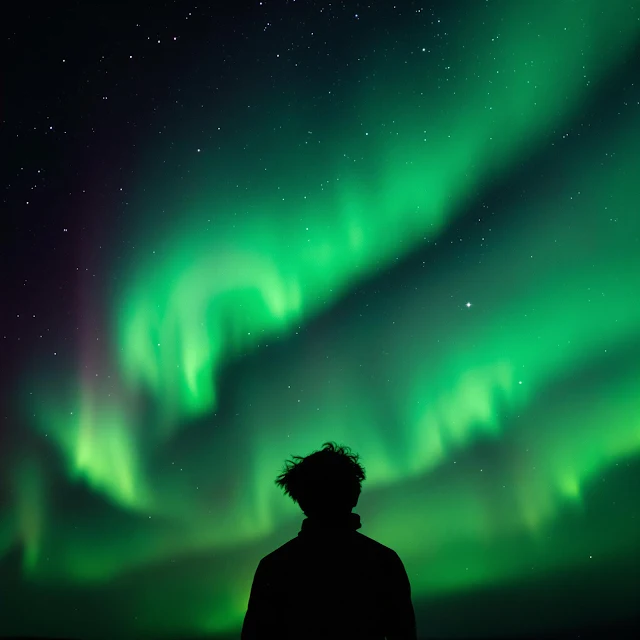Introduction
Searches for "aurora forecast" have soared by 190% in the past day, thrilling skywatchers everywhere. With "solar flare" trending as a top related topic, this spike hints at a dazzling celestial event brewing as of March 11, 2025. Whether you’re planning a late-night watch or just curious, here’s why the aurora is trending and what solar flares have to do with it
Body
The northern lights, or aurora borealis, are nature’s most breathtaking light show, and the 190% jump in "aurora forecast" searches suggests a rare chance to see them is near. As of March 11, 2025, this surge ties directly to heightened solar activity—specifically, solar flares. These explosive bursts of energy from the sun hurl charged particles toward Earth, igniting the aurora’s vibrant greens, purples, and reds. Forecasters predict a strong display this week, possibly visible as far south as northern England or the U.S. Midwest, fueling the excitement.
The trending topic "solar flare" reveals a thirst for the science behind the spectacle. We’re in the peak of the sun’s 11-year cycle in 2025, making flares more frequent and potent. X posts are buzzing with aurora-chasing tips, while apps like Aurora Alert flood with users checking real-time predictions. For those in prime spots—think Scotland or Scandinavia—the forecast is a call to action: grab a camera, find a dark spot, and look north. But even casual searchers are hooked, blending awe with a desire to understand how solar flares paint the sky. Weather could play spoilsport (a cold snap’s trending in the UK), yet the anticipation keeps building as this cosmic dance nears.
Conclusion
With "aurora forecast" searches up 190%, the sky’s alive with possibility as of March 11, 2025. Solar flares are the spark, and the world’s ready to watch. Check your local forecast, bundle up, and witness nature’s glow—because a night under the aurora is a memory worth chasing.



